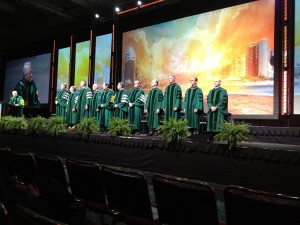When you are a parent, you do not always get a lot of opportunity for sleeping. You do not get a lot of time for yourself in general really. You have work to take care of, children to manage, and somewhere in there, a body to consider. The fact is though, with our busy American lifestyles, the health of our bodies simply seems to take a back seat. Unfortunately, this has caused many of us to become overweight, or even worse, obese and diabetic. A recent study shows though, that if we could all just find enough regular time to sleep, we might be able to stay slimmer and healthier in general.
Right now, nearly two-thirds of Americans are overweight or obese. Even more concerning is how many of these people are progressing into diabetes. The CDC cites diabetes as a health issue for 8.3% of Americans and a whopping 79 million show signs of prediabetes. While poor diet and little to no exercise are obvious causes for such an epidemic, stress and sleep schedules also play a role. A recent study by researchers at the Brigham and Women’s Hospital and the Harvard Medical School in Boston found that “lack of sleep or disrupted sleep patterns…may lead to an increased risk of diabetes and obesity.” The study involved tracking the effects of disrupted sleep routines in participants by shifting their sleeping time from 10 hours a night, to just 5.6 hours per 24 hour period. This sleep restriction and pattern disruption caused 32% of participants to have decreased insulin secretion when they ate and lower metabolic rates, which led to high blood sugar levels bordering on pre-diabetic. If they had continued the study for a year, they estimated that these levels could have caused them to gain about 12.5 additional pounds of body weight in one year. When you add these conclusions to the hectic lifestyle of working American parents, it is no wonder so many are struggling with their weight.
When we are young, we spend a lot of time fighting our parents over daily naps and early bed times, but once we grow up, we find it even harder to put ourselves to bed. Perhaps this study will help us hardworking adults realize that it is no use staying up all night stressing about our busy lives, if it only gives us fewer nights to live.
– Yvonne S. Thornton, M. D., M. P. H.



